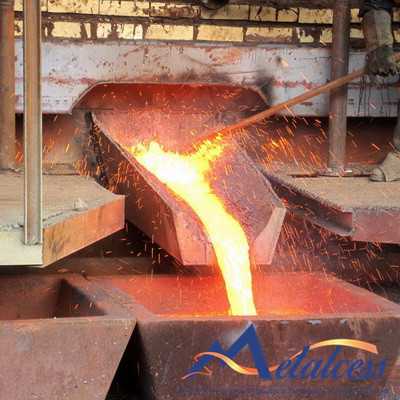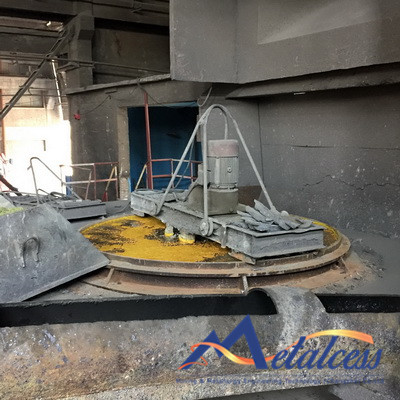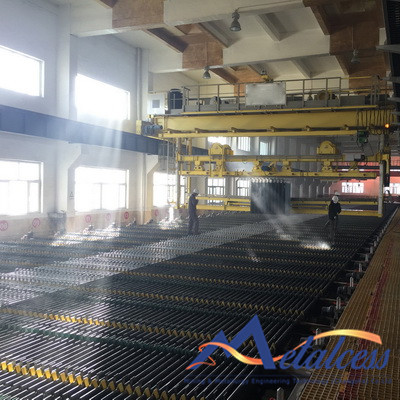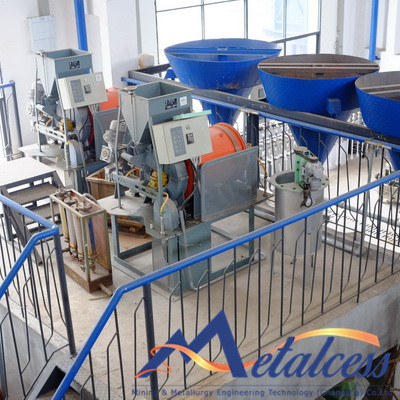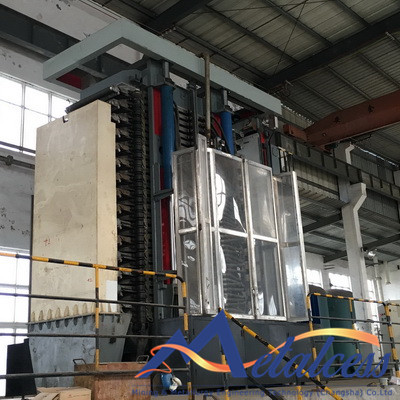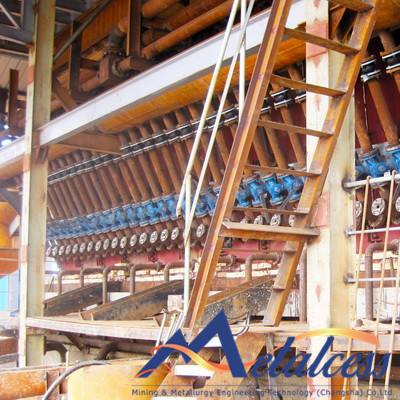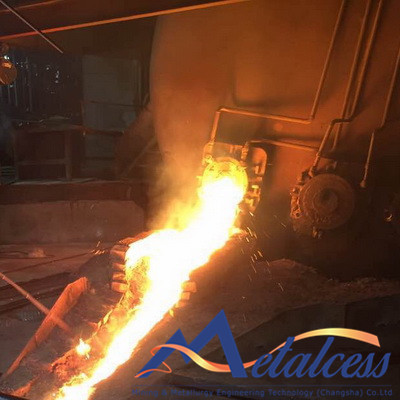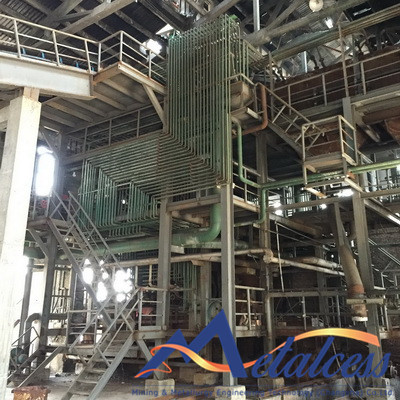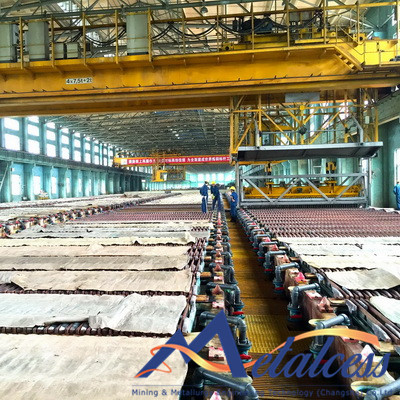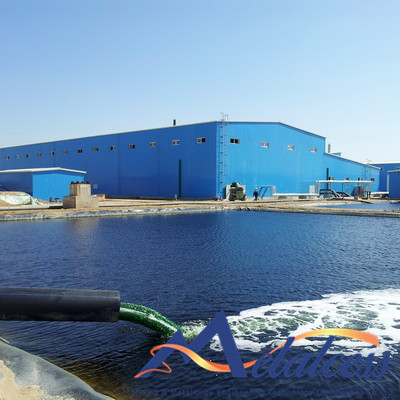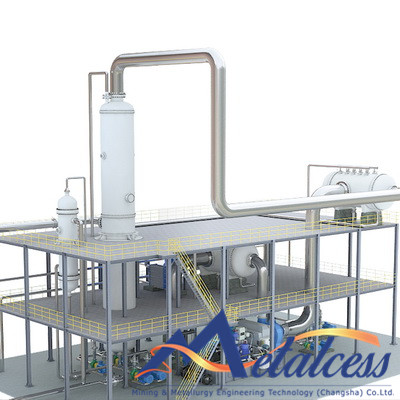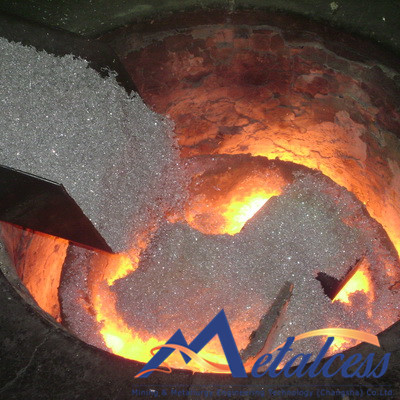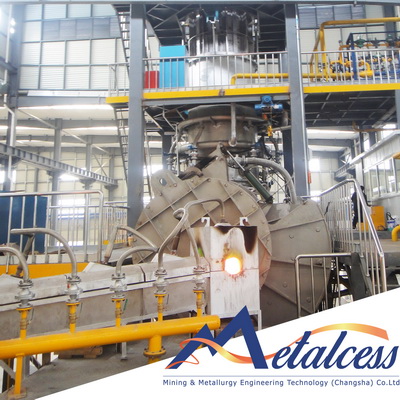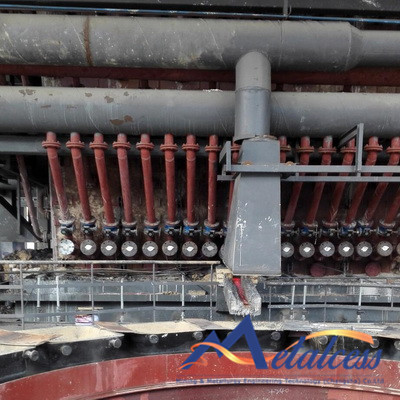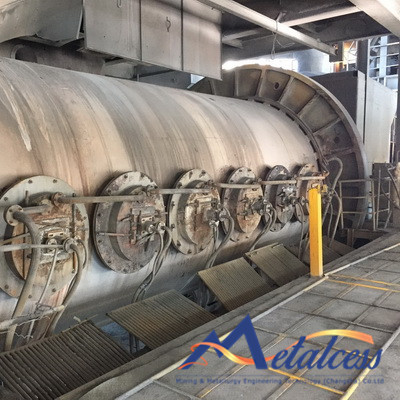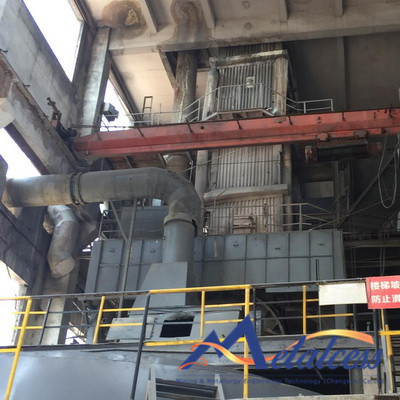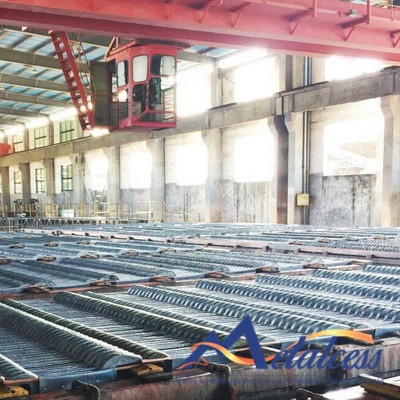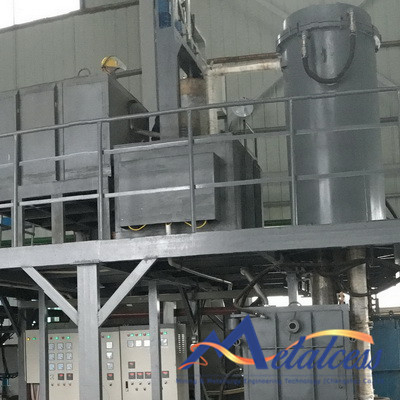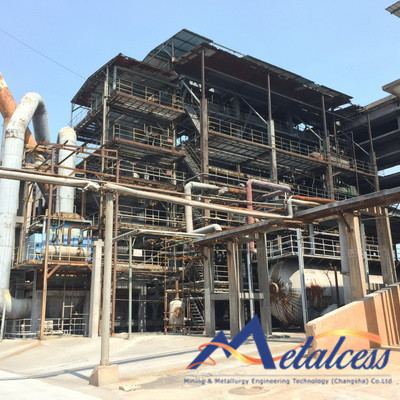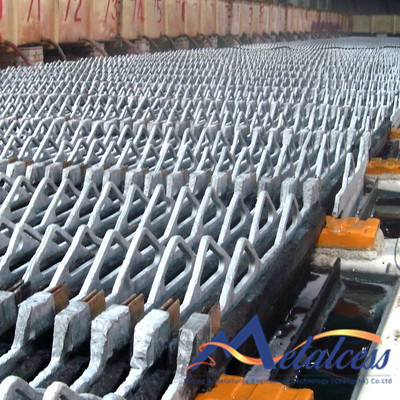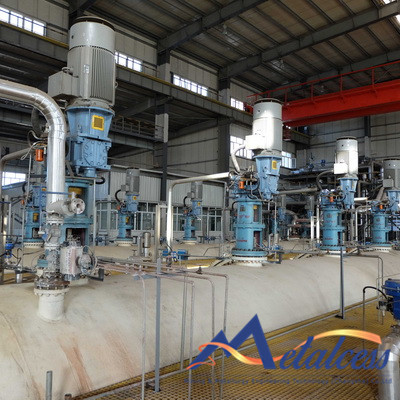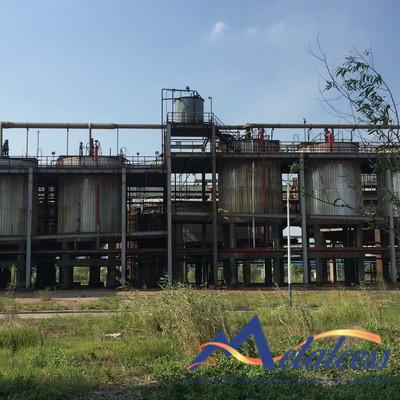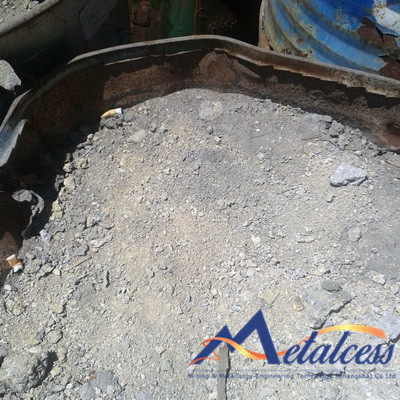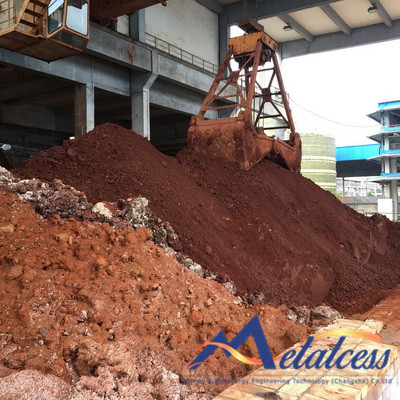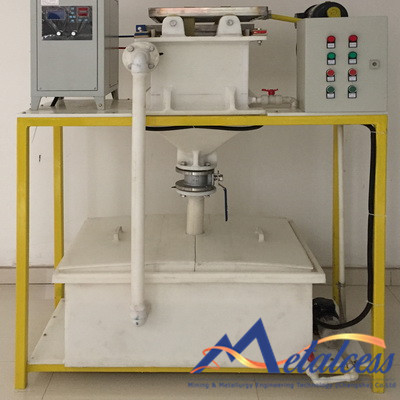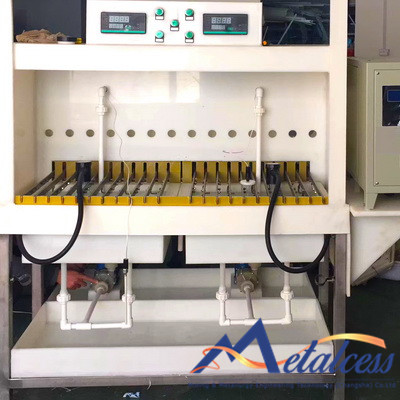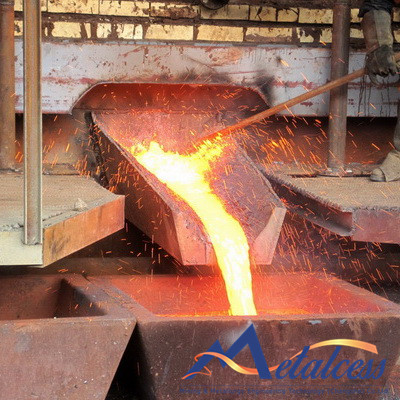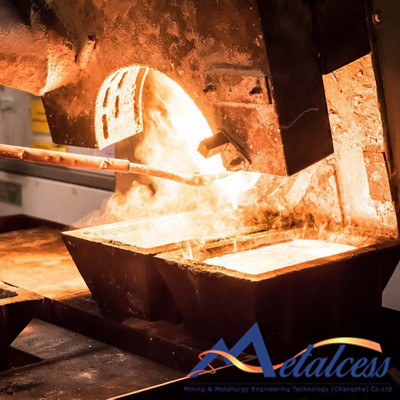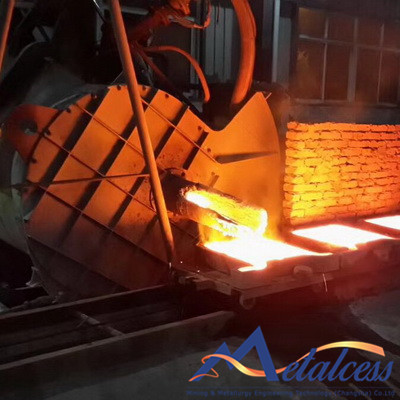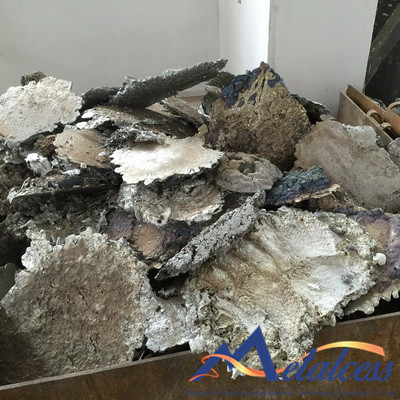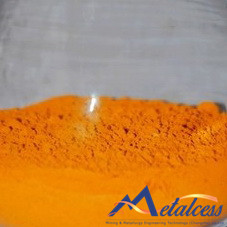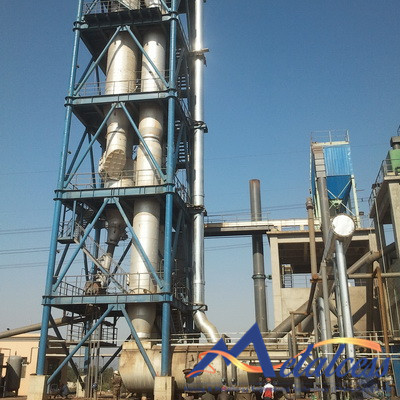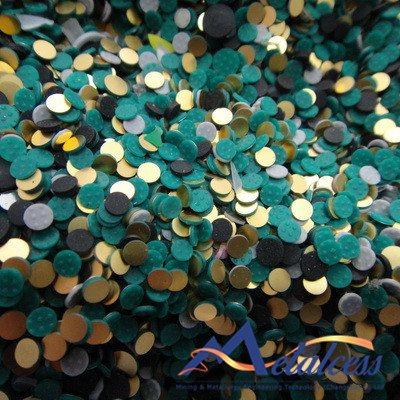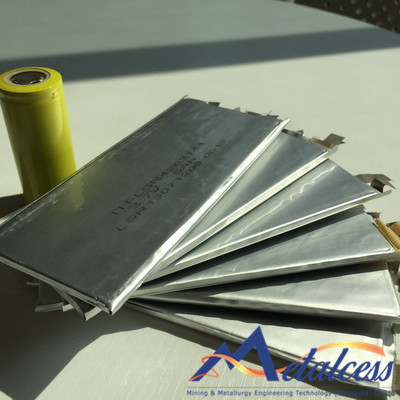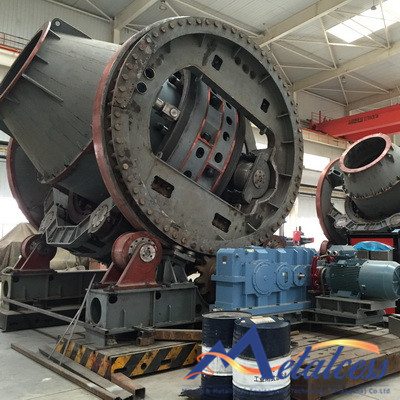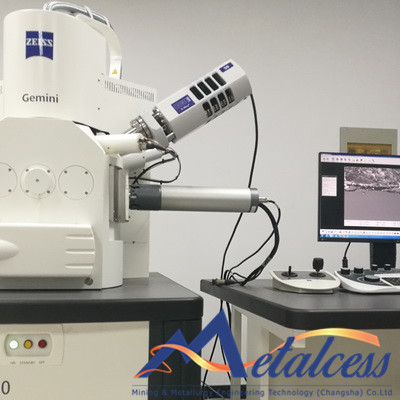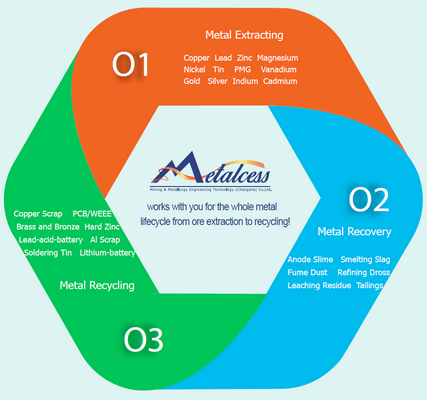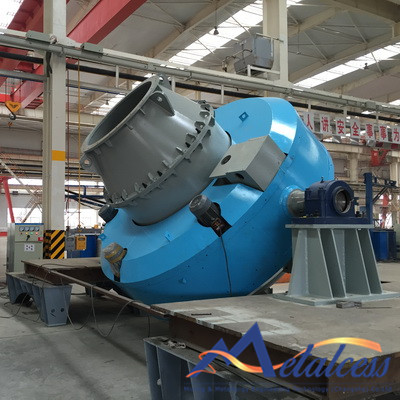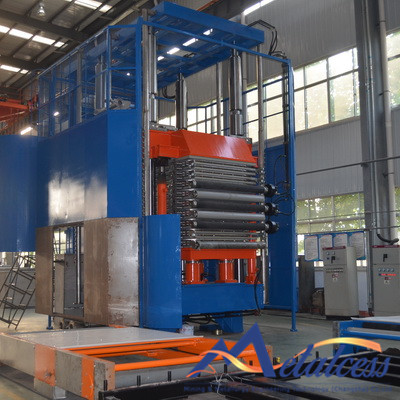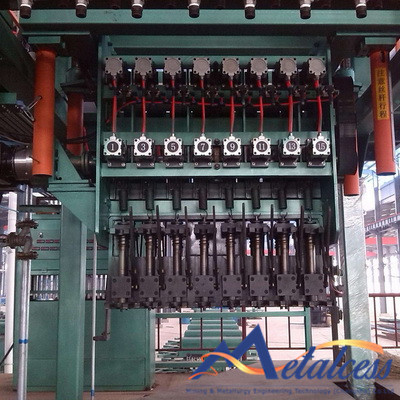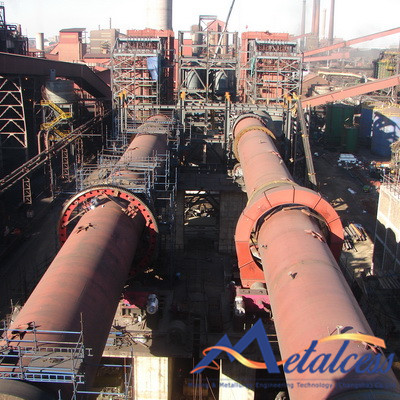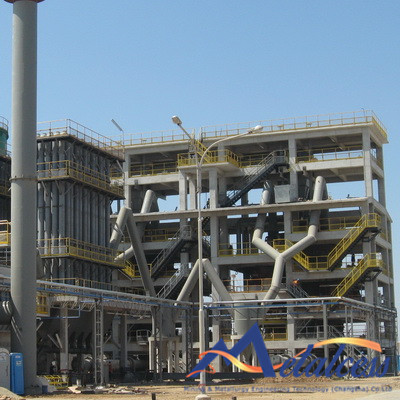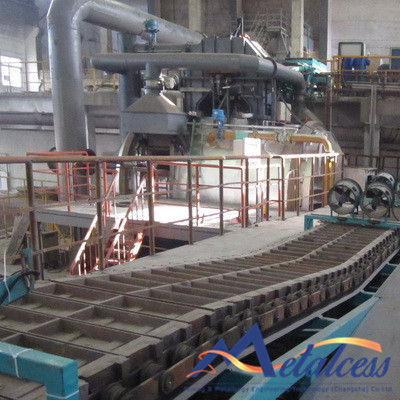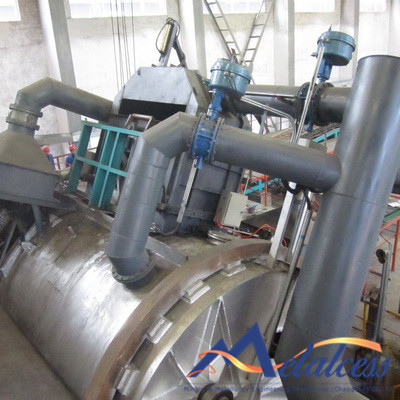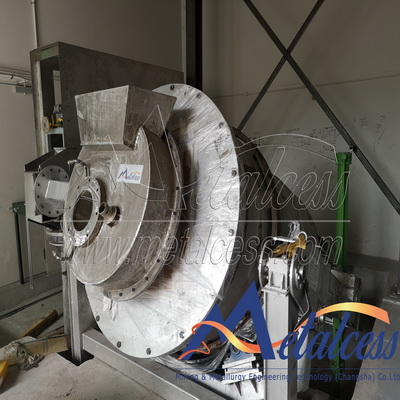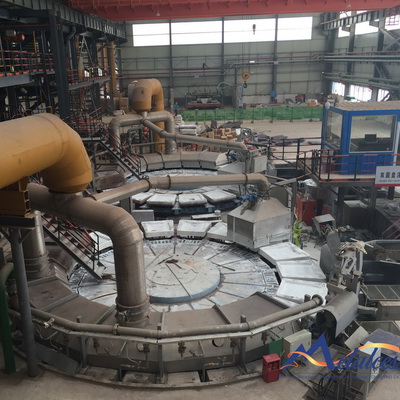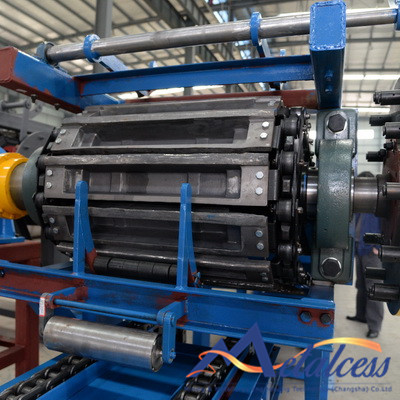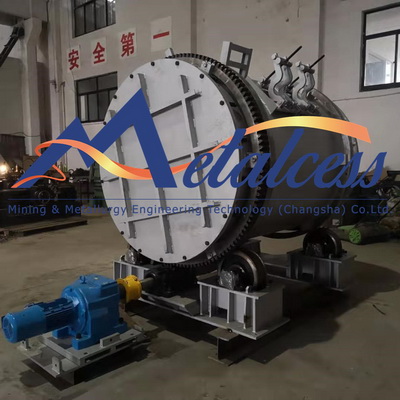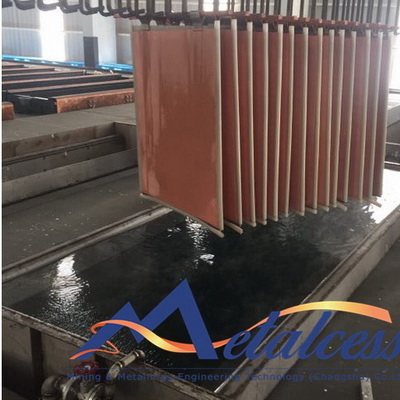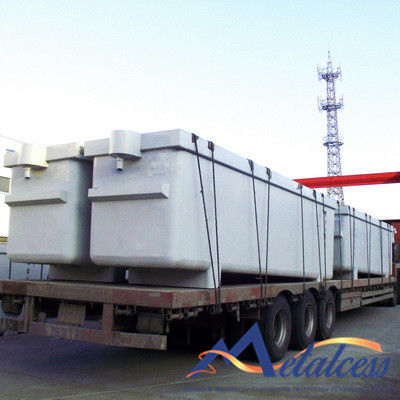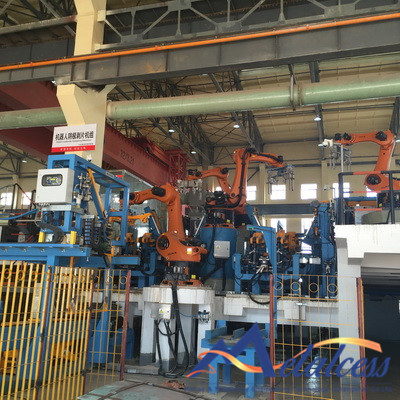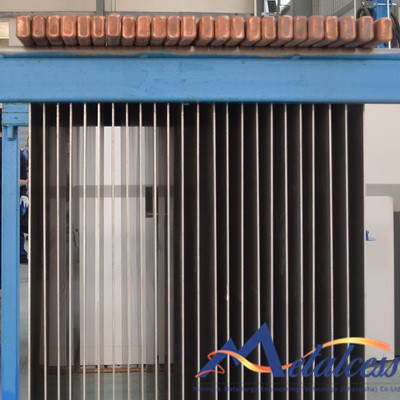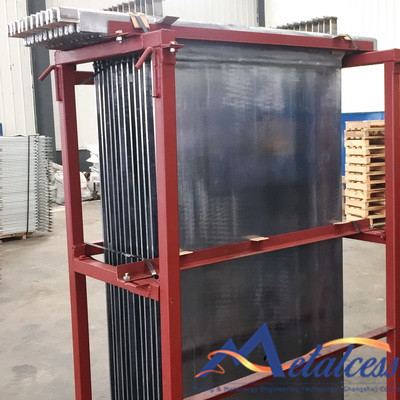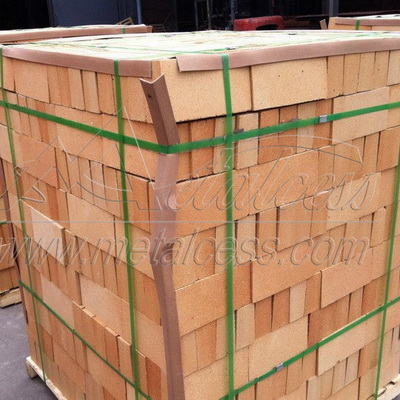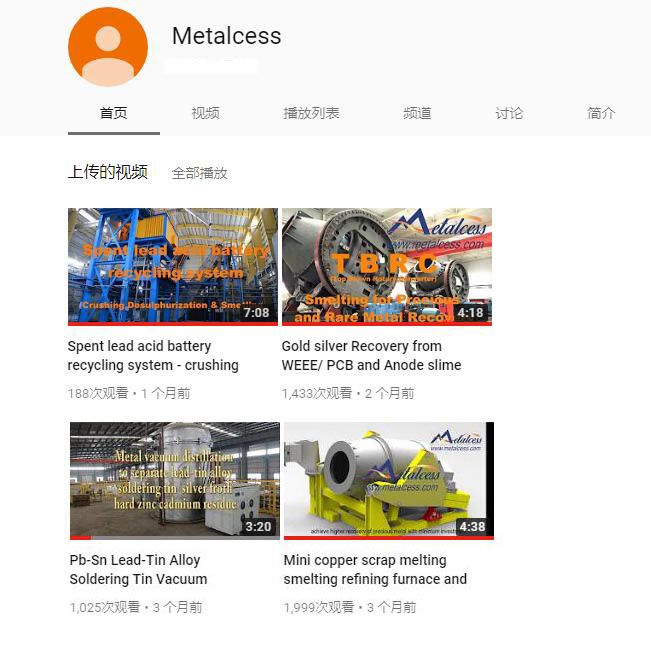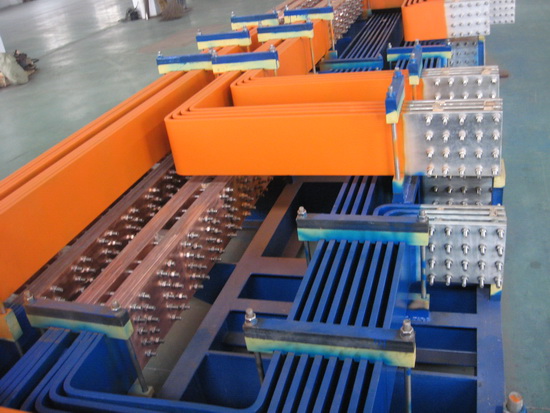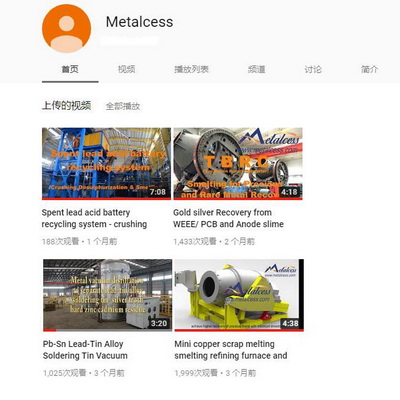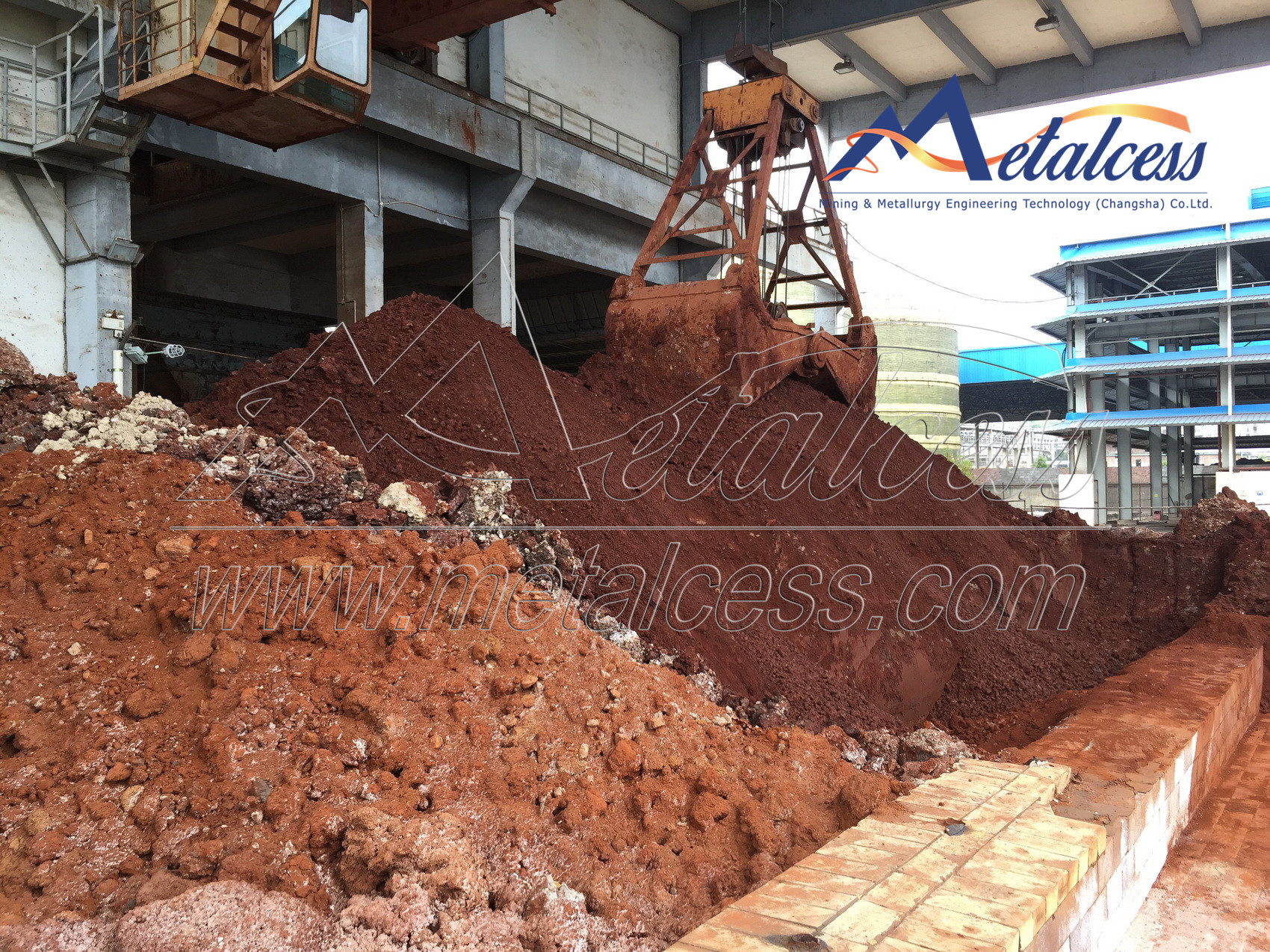Removal of Fluorine and Chlorine is one of
sub-processes of zinc extraction, either pyrometallurgy or hydrometallurgy.
These two elements are introduced into zinc metallurgy system together with
zinc material like concentrate, calcine and crude zinc oxide from lead
smelting/rotary kiln. Besides, tap water, zinc dross recovery and zinc power
for electrolyte purification may also introduce chlorine into zinc metallurgy.
In traditional
zinc calcine leaching process, most of chlorine and fluorine are removed from
zinc calcine during roasting, reporting to zinc flue dust by dust collection
and off-gas treatment afterwards to sulfuric acid slurry (about 70% Cl& F)
of acid-making system. The zinc flue dust with high fluorine and chlorine is
commonly treated by multiple-hearth furnace or rotary kiln/Waelz kiln for F/Cl removal or ammonia chloride treatment to produce high purity zinc.
In direct zinc
leaching process, most of F&Cl enter into the leaching solution and then to
the electrowinning system. Some F&Cl is taken away by the acid mist as HCl
and HF gas. F- reacts with Ca2+ and Mg2+ to
precipitates. Cl- reacts with Cu+, Pb+, Ag+ to
precipitates. However, these method are not efficient enough for continuous
operation. Fluorine and chlorine have to be further removed from electrolyte to
ensure stable zinc cathode production.
To remove fluorine and chlorine from
electrolyte, common practices are alkaline washing, precipitation and ions
exchange. The major problem of alkaline washing is waste water treatment. By
precipitation, it’s not economical of using Cu and Ag material while lime milk
is economic but not efficient. The ions exchange method is limited by equipment
capacity and cost. It’s always the compromise of economic indicator and
treatment efficiency.
Effective and Economic Solution
Metalcess
recommends a practical and economic method for F/Cl removal from electrolyte,
goethite precipitation. By regulating the iron precipitation process, F/Cl
removal efficiency can be achieved up to 65%. This process takes F/Cl away with
goethite residue. No special requirement is required. Actually, extra profit
can be achieved by recycling of goethite residue, which can be treated by flash
magnetization roasting furnace (P)at low cost and then enriched by magnetic
separator to standard iron concentrate for sale.





